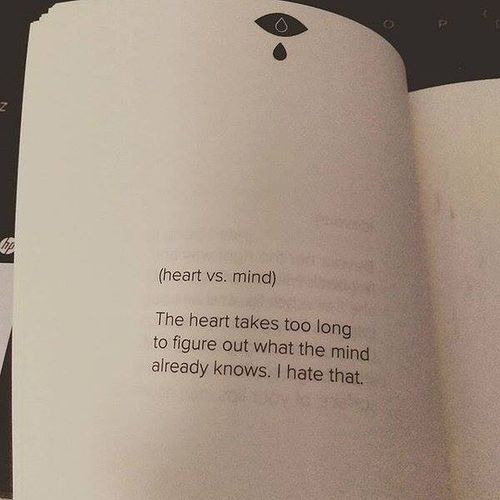Photo

I would be
the swan spasm --
if the Swan in his brain
was finally
the Swan
(so sheer, pink, and slippery)
in her head.
- found poem, from p. 123 of Flowers in the Attic by V.C. Andrews, 1979.
8 notes
·
View notes
Photo
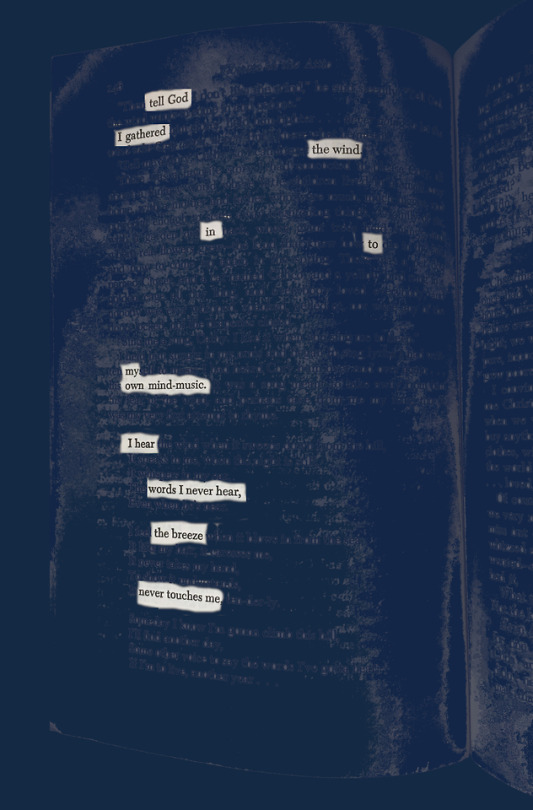
Tell God
I gathered the wind
into my own mind-music.
I hear words I never hear.
The breeze never touches me.
erasure from Flowers in the Attic by V.C. Andrews (1979 book club edition, page 146)
#poem #foundpoetry #erasure #micropoem #blackout #blackoutpoem
7 notes
·
View notes
Photo

Drink Up, Plum!
The drunk plum said, “I’ll be a plum
for all the world--
I come full enough to pop,
and just as children
in pictures,
I vow
to hold witness.
-- erasure, from p. 164 Flowers in the Attic (1979)
4 notes
·
View notes
Photo

Milk Has Things To Say
The milk had a letter to write
--a thick, cream letter,
a letter with long, pale streaks
and a soft spine.
It made us all uneasy
without a cream letter
to glue our mother’s throat
and speak her
customary lies.
From page 21 of Flowers in the Attic by V.C. Andrews (orig pub 1979, book club edition 1980)
1 note
·
View note
Photo
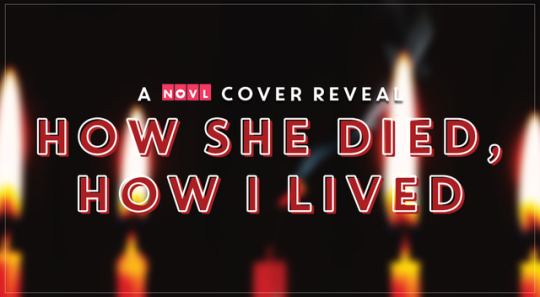
Cover Reveal: How She Died, How I Lived by Mary Crockett
We have a fiery cover reveal for you today. How She Died, How I Lived by Mary Crockett is an intense and thought-provoking about a girl who must overcome her survivor’s guilt after a fellow classmate is brutally murdered.
Here’s the cover:

And here’s the cover animated!!
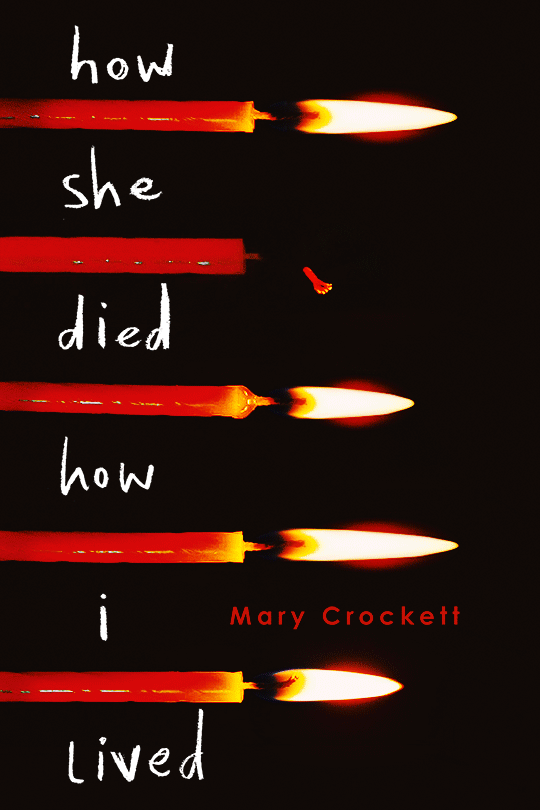
Full summary:
I was one of five. The five girls Kyle texted that day. The girls it could have been. Only Jamie–beautiful, saintly Jamie–was kind enough to respond. And it got her killed.
On the eve of Kyle’s sentencing a year after Jamie’s death, all the other “chosen ones” are coping in various ways. But our tenacious narrator is full of anger, stuck somewhere between the horrifying past and the unknown future as she tries to piece together why she gets to live, while Jamie is dead.
Now she finds herself drawn to Charlie, Jamie’s boyfriend–knowing all the while that their relationship will always be haunted by what-ifs and why-nots. Is hope possible in the face of such violence? Is forgiveness? How do you go on living when you know it could have been you instead?
Add How She Died, How I Lived to your Goodreads.
11 notes
·
View notes
Text
YA Scavenger Hunt! Oh yeah, smell it!
YA Scavenger Hunt! Oh yeah, smell it!

Welcome to the time of the year when the sweetest of all essences scent the air. Crisp fall leaves, pumpkin spice everything, and–thanks to YA Scavenger Hunt!–the inky aroma of freshly printed books! So where have you landed in the greatest booklover’s hunt of all time? Good news! You are currently well on your wear to finishing the Orange Team challenge! And isn’t orange perfect for this time of…
View On WordPress
0 notes
Photo





A collection of 26 nightmarish vintage Halloween photos from the 1930s.
10K notes
·
View notes
Text
#ThePoeming + About Found Poetry
This October, I’m joining with 50+ poets across the country for THE POEMING -- a found poetry event featuring new poems posted each day, based on the novels of Stephen King.
So, what is found poetry, anyway?
In the most basic sense of the words, a found poem involves taking something found in a text that exists in the world and using it for a poem. Obviously, such an endeavor can come about in many different forms. Here are some of the ways a writer might “find” a poem in a text (some of which I’ll be using for #ThePoeming over the next 30 days):
The Frame
– Take a bit of text exactly as it appears in a text and break it into lines.
This is often a technique I use to create found poems out of text that has no literary intentions to begin with. I might take, for example, a few sentences from the instruction manual for a power drill and break them into lines. By doing this, I am essentially putting a bit of everyday text and putting it in the “frame” of a poem. Sometimes for me, this form is really about heightening different meanings hidden in the text through the use of line breaks. At other times, it’s about creating a new way of hearing our everyday language by framing it as poetry.
Remix
– Select words, phrases, or sentences from a text and use them in any order to create a poem. You can physically cut up the page to do a remix (though some people call that sort a “cut up”) or simply excerpt bits.
By having defined and finite source material (a tiny word bank), I often find myself stretching meaning in ways I find pleasurable and surprising. I enjoy seeing what colors I can come up with when I’m given a limited palette. Also, I can’t just fall back on my old tricks as a writer when I write a remix. I often have to find new structures to incorporate the words I’m given.
Some poets are very strict in the way they remix poems, using only the exact words found (as would be required in a cut-up poem). Others allow for alterations (shifts in verb tense, making a plural word singular or vice versa, repetitions or words beyond what is found in the original text).
Mash-up
– Select words, phrases, or sentences from two or more texts and use them in any order to create a poem. Often this works best if at least one of those texts is presented in something close to its original order.
The poem above is a mash-up of Williams’ famous poem and a random line from King’s The Regulators. The humor here is most obvious when you know “This Is Just To Say” is about eating plums. By sneaking in the line from King, I’ve made the poem (at least in my mind) about eating people. The mash-up here functions as something close to parody, but a mash-up can be used to create different effects, depending on the source materials. For example, I could take the statement of the rape victim in the Brock Turner case and mash it with lines from the court proceedings or the judge’s decision to create a political poem.
Erasure
– Erase parts of a text to reveal a poem that can generally be read in the same order as it appeared in the original. Erasure can be presented as a black-out poem or re-typed (or both). Sometimes in blackouts, poets will create visual cues (almost like a flowchart) to suggest the flow of the poem, allowing the poet to present the poem in a somewhat different order than the original.
You can find some gorgeous, artistically presented blackouts on Pinterest.
Cento – Found Poetry Review describes cento as poetry which “unite lines from other authors’ writings into a new poem. The original lines remain intact; the main intervention comes in arrangement and form.”
To be honest, I’ve never felt compelled to take lines from a poem or lyric bit of prose and rework them. To me, found poetry is about finding poems in text that’s not already poetic. I enjoy blackout that uses literary texts as source material, and I enjoy poems that quote a line or two of a source poem as either a launching pad or ending point for a poem that is mostly original (see conversation poems, below).
The idea, though, of reordering a poem to make another poem doesn’t really interest me.
Conversation poems – Mix bits of found text (literary or not) with your own original lines to create a poem that moves between the two. Often poets distinguish found bits from original but putting one or the other in a different font or in italics.
Mary Szybist’s “Annunciation in Nabokov and Starr,” for example, mixes lines from Nabokov’sLolita and Kenneth Starr’s investigation of the Clinton/Lewinsky affair, The Starr Report (indicated by italics) with original lines (in non-italicized font).
Golden shovels – This form creates a sort of back-loaded acrostic (using words instead of letters). Basically, you select a line from a poem, isolate each word in that found line, and then use each of those words in order as the end words for each line of your poem.
Terrance Hayes invented this poem with his poem “The Golden Shovel.”
You can find more complete instructions for form here.
Isolations – Select a single word or structure to “follow” throughout a body of text, isolate it, and present those isolations.
For example, one of the poems I’ll be posting this month selects all the dialog from a single chapter of The Regulators. Another isolates every time a proper name is mentioned in a set of pages and presents each in order, with a few words that follow each presentation. (If the name occurred in the subject of the sentence, I would generally select the words up to the verb. If the name occurred in the predicate, I would generally select words to the period.)
I’m also considering creating a poem that tracks a single word through the entire novel (though I haven’t done that yet, so who knows?).
This form creates a sort of “condensed” experience of the text. It also, in some ways, suggests a sort of literary analysis of the text.
Found + form – Use any variety of found poem to create a work in form. For example, a remix sestina or an erasure ghazal.
These are hard. The only ones I’ve tried have been remix haiku.
1 note
·
View note
Photo
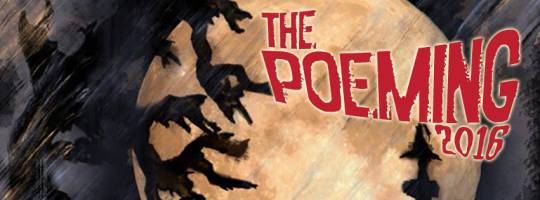
It’s coming! The Poeming 2016!
50+ poets, each writing a new found poem from a Stephen King novel for every day in October.
Check back Saturday for the first of 31 poems.
2 notes
·
View notes
Photo
Middleage Post #45418
Do you ever miss the person that you used to be? before you lost your car keys in the freezer, before the endless laundry sapped your spirit, and before multiple children and animals vomited in your lap?

878 notes
·
View notes
Photo
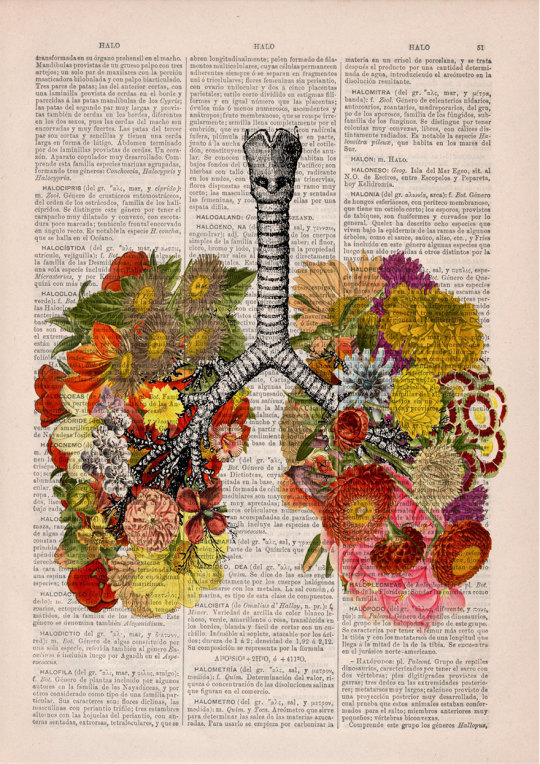
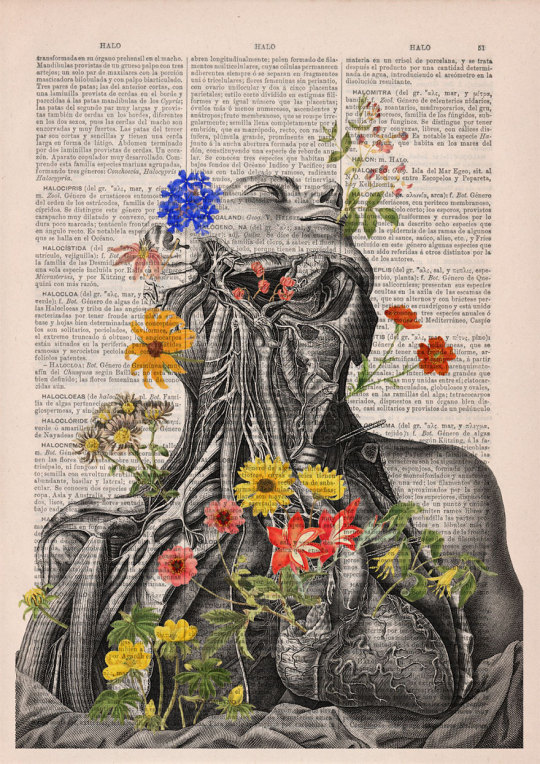

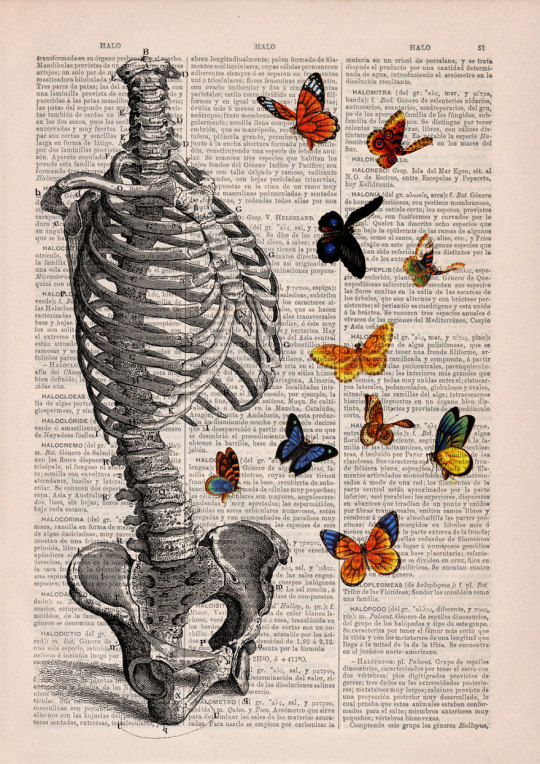

Floral Anatomical Illustrations Breathe New Life Into Old Discarded Books
842 notes
·
View notes
Photo










15+ Un-Bear-Ably Cute Momma Bears Teaching Their Teddy Bears How To Bear
599K notes
·
View notes
Photo


like old friends meeting, or the dawn breaking into the night, a thousand years of darkness and then a flicker of light.
art by james r eads, motion by the glitch
182K notes
·
View notes
Text
Out This Week!
Afterward by Jennifer Mathieu
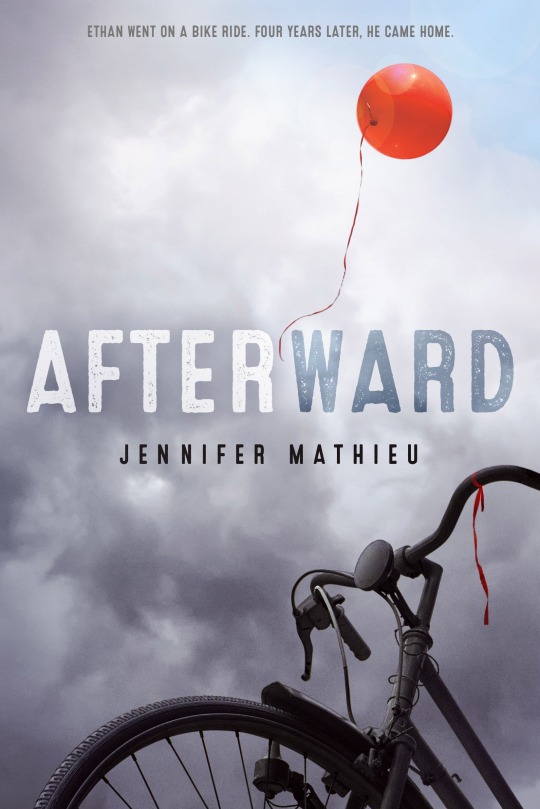
When eleven-year-old Dylan Anderson is kidnapped, his subsequent rescue leads to the discovery of fifteen-year-old Ethan Jorgensen, who had gone on a bike ride four years earlier and had never been seen again. Dylan’s older sister, Caroline, can’t help but wonder what happened to her brother, who has nonverbal autism and is not adjusting well to life back home. There’s only one person who knows the truth: Ethan. But Ethan isn’t sure how he can help Caroline when he is fighting traumatic memories of his own captivity. Both Caroline and Ethan need a friend, however, and their best option just might be each other.
In the Shadow of Liberty by Kenneth C. Davis
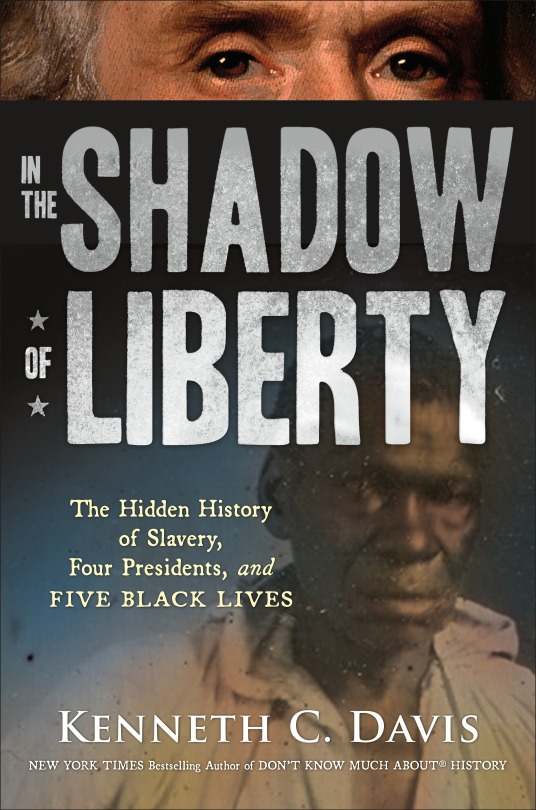
Did you know that many of America’s Founding Fathers—who fought for liberty and justice for all—were slave owners?
Through the powerful stories of five enslaved people who were “owned” by four of our greatest presidents, this book helps set the record straight about the role slavery played in the founding of America. From Billy Lee, valet to George Washington, to Alfred Jackson, faithful servant of Andrew Jackson, these dramatic narratives explore our country’s great tragedy—that a nation “conceived in liberty” was also born in shackles.
In Plain Sight by Richard Jackson; Illustrated by Jerry Pinkney
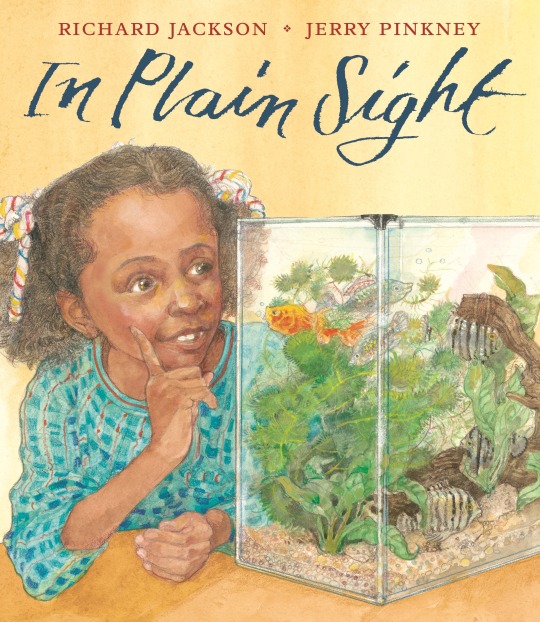
Sophie lives with Mama and Daddy and Grandpa, who spends his days by the window. Every day after school, it’s Grandpa whom Sophie runs to.
As Sophie and her grandpa talk, he asks her to find items he’s “lost” throughout the day, guiding Sophie on a tour through his daily life and connecting their generations in this sweet, playful picture book illustrated by Caldecott Medalist and Laura Ingalls Wilder Award winner Jerry Pinkney.
Feed Me Words by Kris Hirschmann; illustrated by James K. Hindle

These forty bite-size word puzzles, spelling quizzes, and vocabulary-filled stories, developed in partnership with the Scripps National Spelling Bee, are perfect for sharing at snack time or around the dinner table.
Readers are invited to play with language, investigating sneaky silent letters and the many ways that a word’s meaning can be altered by context or spelling. Synonyms, homonyms, and palindromes prevail. Did Mom want two each of several different fruits, or just a few pears?
Drawing on the ubiquity of classroom spelling bees, these super-short, storified lessons (that don’t feel like lessons at all) are accompanied by informational sidebars rich with tips, tricks, trivia, and interactive exercises to break down spelling basics in a fun and accessible way.
More YA Books!

Witch’s Pyre by Josephine Angelini
Now In Paperback!
FireWalker by Josephine Angelini
Devoted by Jennifer Mathieu
Middle Grade Books!
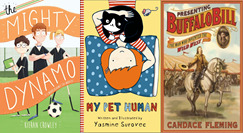
Presenting Buffalo Bill by Candace Fleming
The Mighty Dynamo by Kieran Crowley

Star on Stormy Mountain by Gill Lewis; illustrations by Sarah Horne
My Pet Human by Yasmine Surovec
First Light, First Life by Paul Fleischman, Julie Paschkis
Scout and the Sausage Thief by Gill Lewis; illustrations by Sarah Horne
Board Books!

Maze Book: Follow Me by Roger Priddy
El Pez Pucheros by Deborah Diesen; Pictures by Dan Hanna
12 notes
·
View notes
Text
Abandoned Olympic Venues From Around The World
Ski Jumping Tower, Grenoble, France, 1968 Winter Olympic Games

Bobsleigh Track, Sarajevo, 1984 Winter Olympics

Olympic Sports Complex, Sarajevo, 1984 Winter Olympics Venue

Bobsled Track, Sarajevo, 1984 Winter Olympics Venue
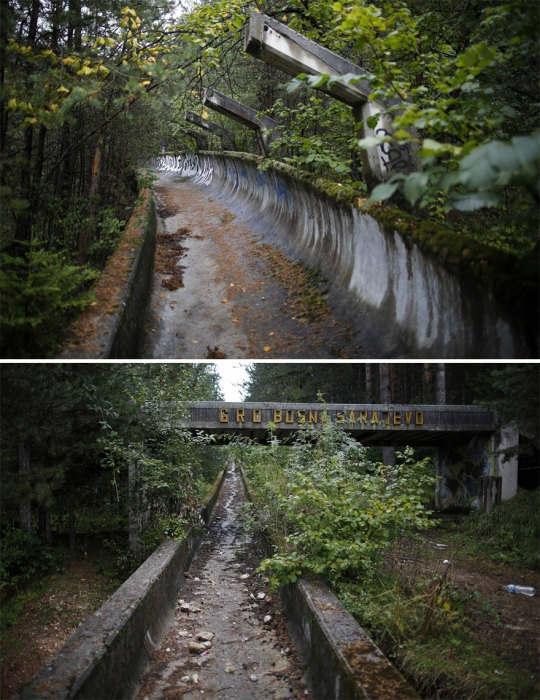
Olympic Village, Athens, 2004 Summer Olympics Venue

Swimming Pool, Berlin, 1936 Summer Olympics Venue

Ski Jump Tower, Cortina D'ampezzo, Italy, 1956 Winter Olympics Venue

Beach Volleyball Venue, Beijing, 2008 Summer Olympics

Tennis Court, Atlanta, 1996 Summer Olympics Venue
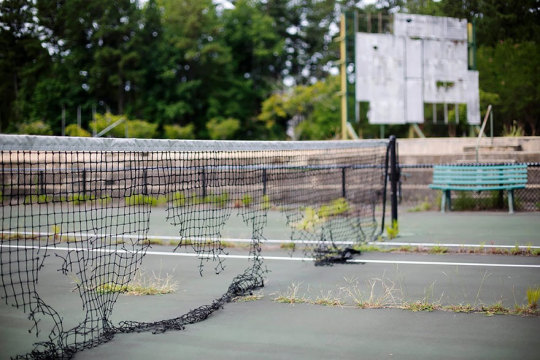
Soviet Venue, Tallinn, 1980 Moscow Summer Olympics

Kayaking Competition Venue, Beijing, 2008 Summer Olympics

Softball Stadium, Athens, 2004 Summer Olympics Venue

Kayak And Canoeing Venue, Athens, 2004 Summer Olympics Venue

Fountain In Olympic Village, Athens, 2004 Summer Olympics Venue

574 notes
·
View notes
